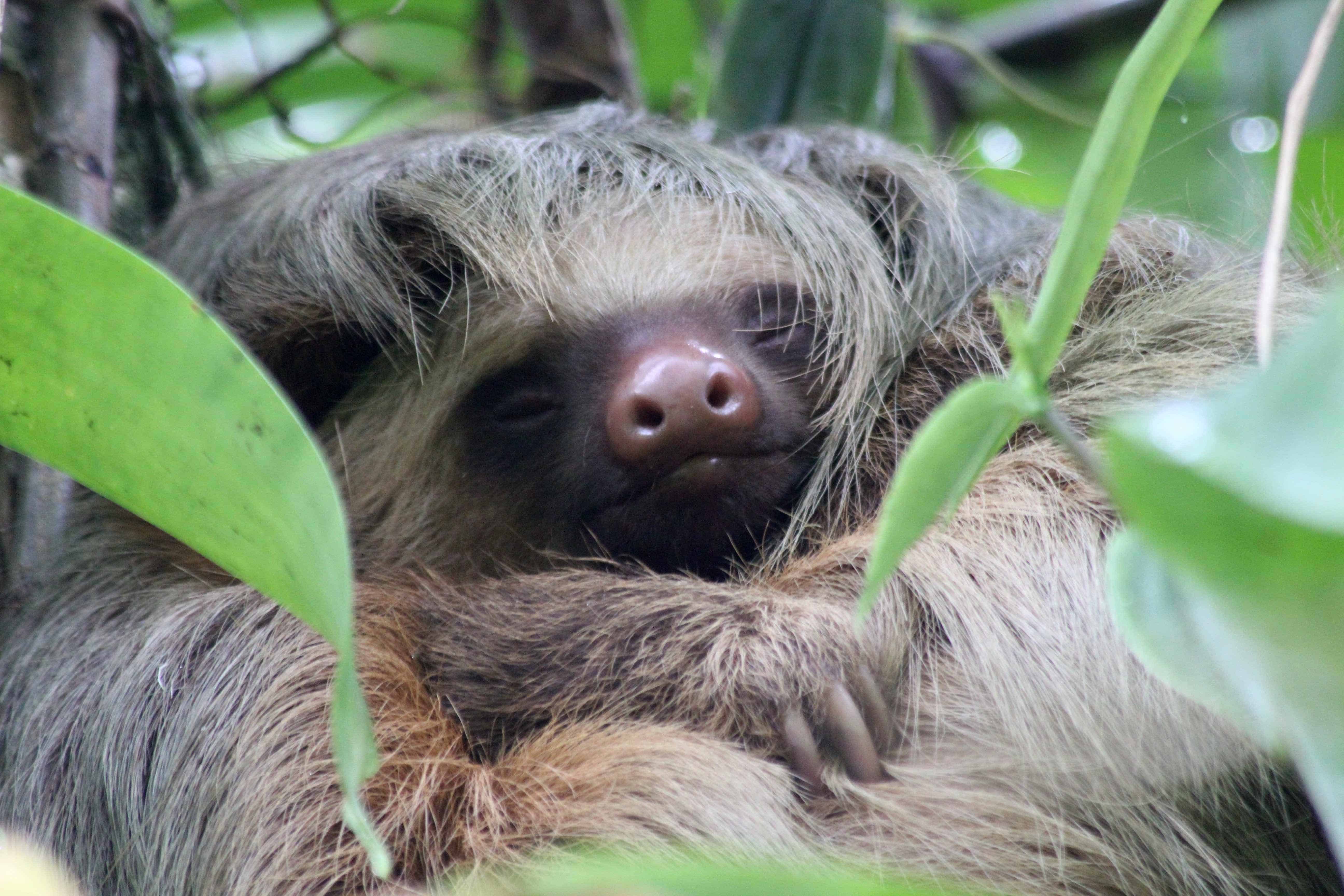Life in the Costa Rica rainforest isn’t easy. Animals, plants and even fungi compete daily for resources, food, water, and housing. But, when you’re as tiny as an insect or immobile like unicellular algae, getting these things might be more than a challenge — an Odyssey even!
Enter the fanciest new bio-condo this side of the Atlantic: sloths!
Both three-fingered and two-fingered sloths are designed as a sort of biological apartment buildings, ready to house all sorts of creatures and provide them with a safe place to stay.
This concept is called commensalism, which essentially means sharing the table. It involves two creatures of different species, one of which benefits from living with the host, while the host is unaffected.
Sloths are hot commodities in the housing world. They can be home to several types of invertebrates and both red and green algae.
Two of the most important tenants that survive on a sloths fur are sloth moths, like Cryptoses choloepi, and the algae Trichophilus welckeri.
Sloths are specialized for this lifestyle, having hollow hair that provides the ideal place for the growth of algae. Since sloths only go to the restroom on the ground, this provides a wonderful opportunity for sloth moths to lay their eggs on the waste and then climb back aboard their slow-moving apartment.
Another incredible relationship that sloths have is with their waste collection system. Scarabs like Uroxys gorgon have been known to proliferate near the bottoms of trees where sloths go to the bathroom. Sloth dung is a highly-priced resource for these animals, and they consume it to be big and strong. Kinda yucky, but super cool!
While the moths get protection from avian predators, new studies say that sloth moths are ideal gardeners and may increase the number of algae that grows on the sloth’s fur. The benefits that the algae growth may provide are still largely unknown, but some theories may point to camouflage, and even consumption of the algae, as possible reasons.
Sloths do not exist by themselves; by protecting them and ensuring their existence in the wild we are also protecting all the range of biodiversity that they come with!
— Andrés Sáenz Bräutigam is a Toucan Rescue Ranch Veterinary Assistant & Tour Guide






